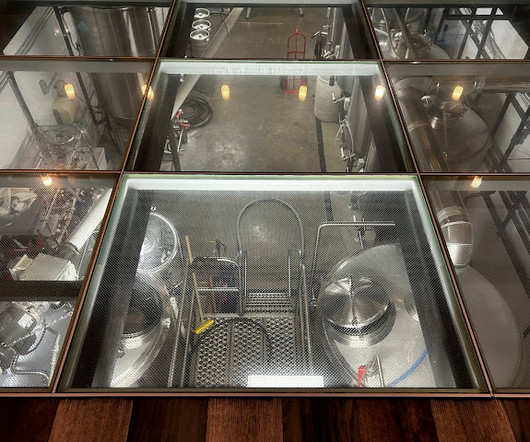Cockpit Voice Recorder Inoperable In Philadelphia Jet Crash
AV Web
MARCH 6, 2025
The National Transportation Safety Board (NTSB) released its preliminary report on the fatal medical jet crash in Northeast Philadelphia on Jan. At the time, instrument meteorological conditions (IMC) were present, including an overcast ceiling at 400 feet above ground level, winds from 220 at 9 knots, and 6 miles visibility.











Let's personalize your content